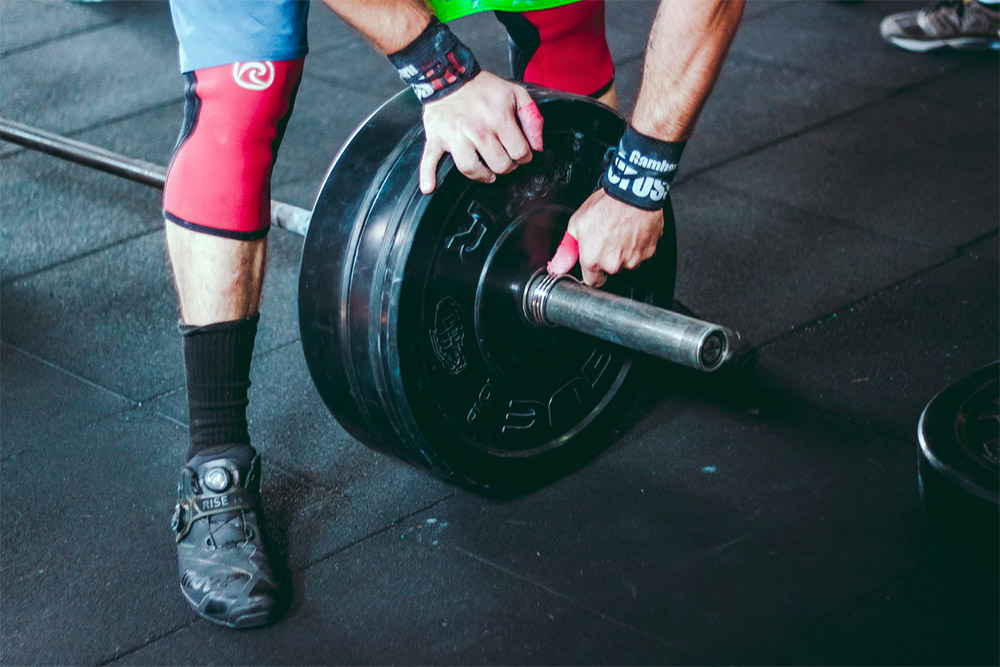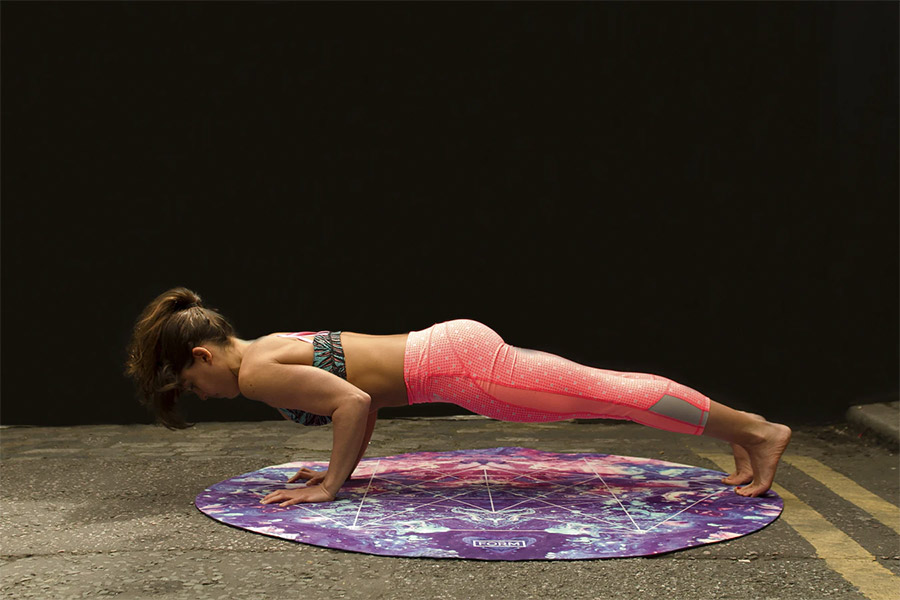Living with Mitral Valve Prolapse (MVP) requires you being more careful with your lifestyle. Since MVP affects your heart’s ability to pump blood.
You are prone to symptoms such as dizziness, palpitations, irregular heartbeats, shortness of breath, cold sweat, and swelling on your feet or hands. If left untreated, this disease may cause problems such as heart failure or stroke.
Aside from avoiding certain foods that can trigger symptoms, exercise is one of the keys to living healthily. However, with the limited ability of your heart due to Mitral Valve Prolapse, several exercises are not recommended.
Exercises to Avoid if You Have Mitral Valve Prolapse
Here are 11 exercises that you may want to avoid (or reduce in intensity) if you have Mitral Valve Prolapse. If you have Mitral Valve with moderate or severe regurgitation doing this kind of exercises could even be dangerous for your heart or worsen your symptoms.
1. Weightlifting

Why weightlifting should be avoided by people with Mitral Valve Prolapse? Because movement during weightlifting constitutes a Valsalva maneuver (stimulation of the sinus of valsalva by straining), which can lead you to faint with consequent injury coincident with falling down.
2. Resistance training
Resistance training, especially the one that includes weights, is not recommended for Mitral Valve Prolapse sufferers. This is because the exercise can strain the heart and increase blood pressure, which is not ideal for your MVP. Such exercise will also put extra pressure on the heart’s valves and chambers, triggering unwanted symptoms.
3. Long-distance running

Long-distance running, such as 5k or cross-country marathons, is not recommended for people with MVP. This running type requires stamina and strength to cover the distance, which puts too much pressure on the heart.
4. Pushups and sit-ups

These classic exercises are not ideal for people with MVP. They require intense straining on the muscles and heart-pumping ability. So it’s extremely not recommended for people with Mitral Valve Prolapse.
5. Plyometric exercises
Plyometrics, which involve a series of high-impact and intense exercises, are not ideal for people with MVP. The fast-paced and intense nature puts strains on the heart, which can trigger the symptoms and drain stamina more quickly.
6. Rope jumping
Rope jumping is similar to plyometrics: an intense but straightforward exercise that puts a strain on your heart. Unlike running, it is difficult to control the intensity level of rope jumping, since you need to build momentum and a certain speed to jump over the rope.
7. Aerobics or Zumba
Aerobics, Zumba, and other music-based intense workouts put a strain on your heart and muscles. If you have MVP, following these intense exercises can make you short of breath more easily. Dizziness and slight pain in the chest are also common among people with MVP who join an aerobics class.
8. Basketball, soccer, volleyball

Sports like basketball, football, soccer, and volleyball are considered a high-intensity sport that is not recommended for people with Mitral Valve Prolapse.
These ball exercises put a heavy strain on your heart because they require many quick reactions, sudden movements, and a lot of jumping or running. If you do one of these sports for a long time while having MVP, there are risks of collapse or sudden heart failure.
9. Squat thrusting
Squat thrusting (burpees) is a full-body exercise that involves three major movements: planking, jumping into squatting position, and standing up. The moves are repeated over and over to train the shoulders, arms, glutes, and abs. However, squat thrusting is not recommended for people with MVP because of its intensity.
Note: some professional trainers even criticize this training for general people, because it puts too many strains on the least developed part of the shoulders.
10. Any off-road sports with vehicles
Off-road biking, cycling, and racing are not recommended for people with MVP or other heart conditions. They are intense and can put pressure on the heart whenever surprising or stressful situations come up.
Also, unlike off-road car racing (which often pairs the driver with a navigator), biking or cycling is an individual sport. If your heart experiences a problem, you can get injured.
11. Hiking/mountain climbing
Hiking or mountain climbing is intense and unsuitable for people with heart conditions. Aside from putting strains on your muscles and heart, this outdoor sport often makes you exposed to cold air and extreme weather.
Recommended Exercises for Mitral Valve Prolapse Patient

Just because you have MVP, does not mean that you cannot exercise. The key is to choose sports that present mild pressure, with a low resistance level, and the opportunity to get rest when necessary. Examples are:
1. Walking
Walking is cheap, easy, and can be done anytime. All you need is a pair of good shoes, a heartbeat counter, a distance counter (if you want to track the progress), comfortable clothes, and water. To make it more intense without being overwhelming, do fast walking in a proper position.
2. Swimming
Swimming does not put too much strain on your muscles because the water supports you. Choose a moderate level by keeping the duration to 30 minutes at most.
2. Slow cycling
Cycling is a nice sport for people with MVP, as long as you do it on the flat route with proper safety gear. Do not exceed 20 or 30 minutes per session.
3. Yoga for relaxation
Yoga is slow-paced, so yoga is great for people with Mitral Valve Prolapse. When looking for a yoga program, choose the one that focuses on flexibility and relaxation instead of calorie-burning or stamina.
Conclusion
The safest way to do exercises when having Mitral Valve Prolapse is to know your limit. Stop whenever you feel symptoms such as lightheadedness, dizziness, palpitations, and difficulty breathing.
Check your pulse after every 15 minutes, you might want to invest in a good fitness app and of course a smartwatch such as Apple Watch, Fitbit, etc.
When introducing a new exercise, or continuing the session after a long absence, make sure to start slow.




4 Comments
I have MVP, and my cardiologist thinks that this heart problem has been going on for 20 to 30 years. At the gym, I love to use the stairs master as a form of exercise for 30 minutes. Climbing stairs is a tough exercise to do, but is it okay for anyone with MVP? Please let me know. Thank you in advance.
so how do build strength if you can’t do any strength building exercise?
i might as well die i feel like i am a an invalid
well i might as well give up all the things i enjoy are now taken away